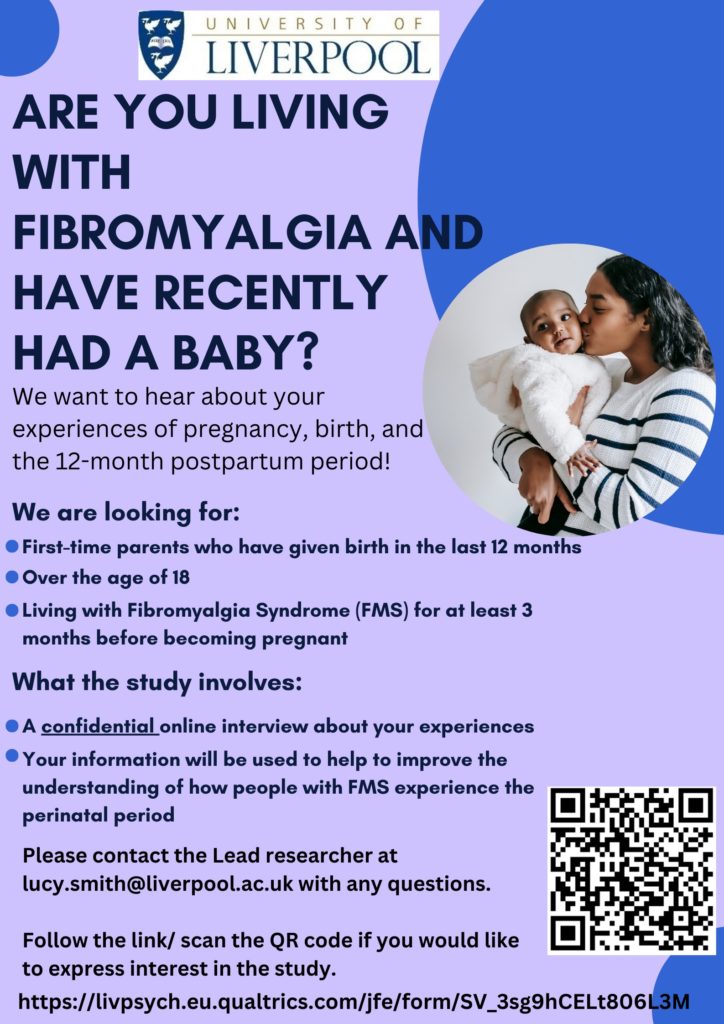
Patients with rheumatic and musculoskeletal conditions are vulnerable to long term opioid use, with up to 1 in 3 of those with rheumatoid arthritis or fibromyalgia, who take these drugs for the first time, potentially at risk, suggest the findings of a research letter, published online in the Annals of the Rheumatic Diseases.
People with rheumatic and musculoskeletal conditions are often prescribed opioids to manage their pain, and a proportion of them will become long term users with the attendant risks of dependence and harmful side effects, point out the authors.
Most research defines long term opioid use as 90 or more days, although definitions vary, and there are no contemporary estimates of the scale of long term opioid use, they add.
To assess the proportion of patients transitioning to long term use among those newly started on an opioid, they drew on the anonymised medical records of 841,047 adults whose details had been entered into the Clinical Practice Research Datalink (CPRD), a nationally representative UK-wide primary care research database.
Some 12,260 of them had been diagnosed with rheumatoid arthritis, 5195 with psoriatic arthritis, 3046 with axial spondyloarthritis, 3081 with systemic lupus erythematosus (SLE), 796,276 with osteoarthritis, and 21,189 with fibromyalgia.
Each patient had been newly prescribed an opioid up to 6 months before, or any time after, their diagnosis between January 2006 and end of October 2021 and had been monitored for at least a year.
Long term use was defined as either standard (3 or more opioid prescriptions issued within a 90 day period, or 90+ days’ opioid supply in the first year); or stringent (10 or more opioid prescriptions filled over more than 90 days, or 120+ days’ opioid supply in the first year); or broad (more than 3 opioid prescriptions at monthly intervals in the first 12 months).
In all, 1,081,216 new episodes of opioid use were identified among all the patients, just under 17% of whom transitioned to long term use under the standard, 11% under the stringent, and 22% under the broad definitions.
Most (97%+) of new prescribing episodes meeting any of the definitions were captured by the broad definition. Just under half fulfilled all three.
The highest proportion of long term opioid users were patients with fibromyalgia—27.5% 21%, and 34% for each of the respective definitions—followed by those with rheumatoid arthritis—26%, 18.5%, and 32%—and those with axial spondyloarthritis—24%, 17%, and 30%.
The lowest proportion of transitioners were among those with osteoarthritis:16.5%, 11%, and 21.5%, for each of the respective definitions.
The proportion of patients with SLE and fibromyalgia who became long term opioid users noticeably increased between 2006 and 2019, rising from 22% to 33%, and reaching 29% in 2020.
A statistically significant decreasing trend was observed for patients with rheumatoid arthritis, although the overall proportion remained high at 24.5% in 2020.
Under the stringent definition, 1 in 5 patients with fibromyalgia and 1 in 6 of those with rheumatoid arthritis or axial spondyloarthritis fulfilled definitions for long term opioid use within 12 months of starting an opioid.
But this proportion could be as high as 1 in 3 for those with fibromyalgia or rheumatoid arthritis, and 1 in 3.5 for those with axial spondyloarthritis, using the broad definition, say the researchers.
“The findings warrant vigilance in practice of opioid prescribing for [rheumatoid and musculoskeletal conditions] since long term opioid therapy is associated with poor outcomes (eg, opioid dependence and opioid-related adverse events),” they warn.
And they advise clinicians to instigate medication reviews or deprescribing and to consider non-drug treatments for pain relief to minimise the risks of “avoidable harms” in this group of patients.


